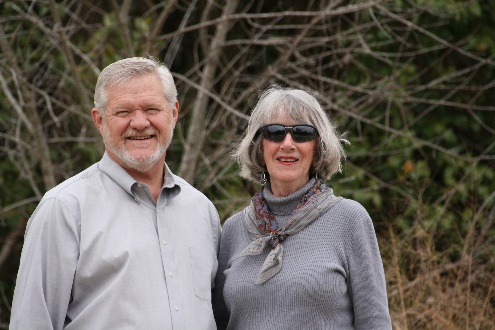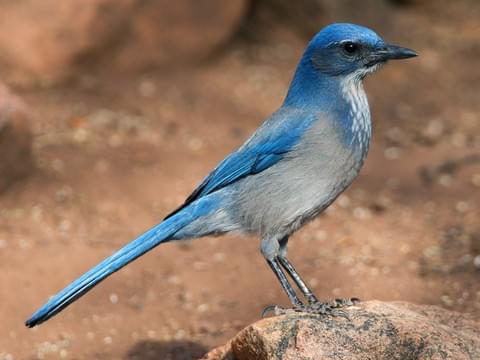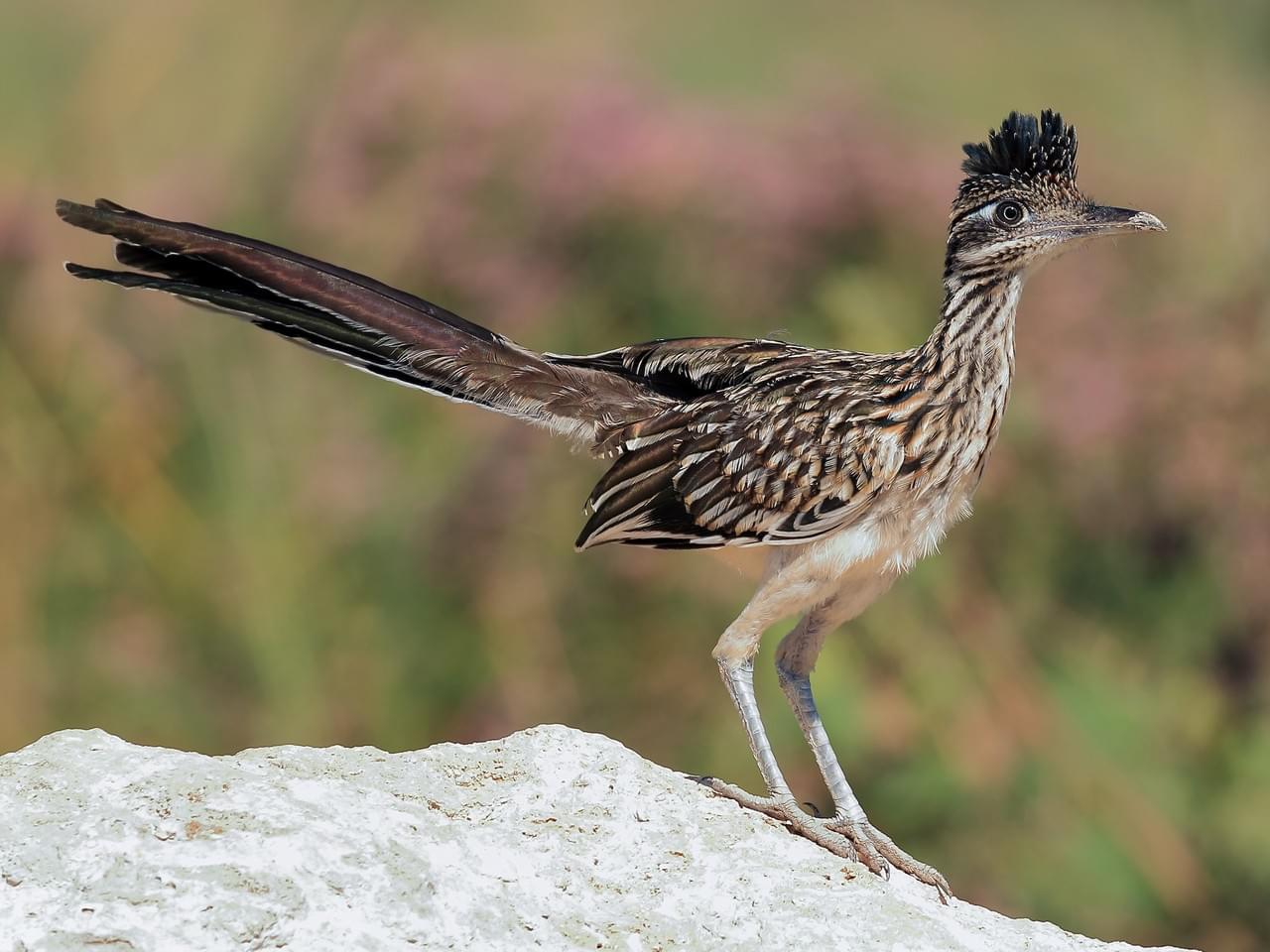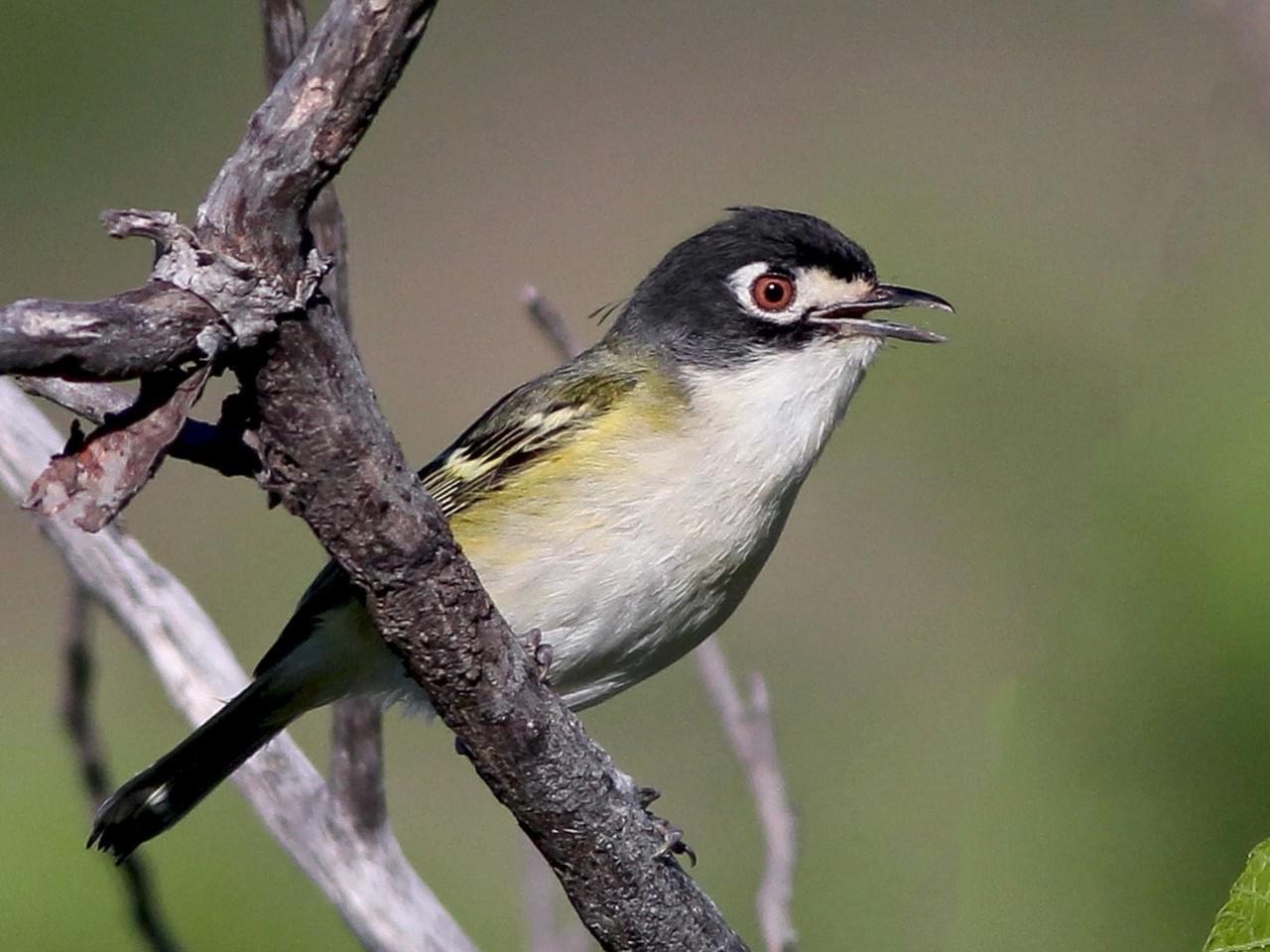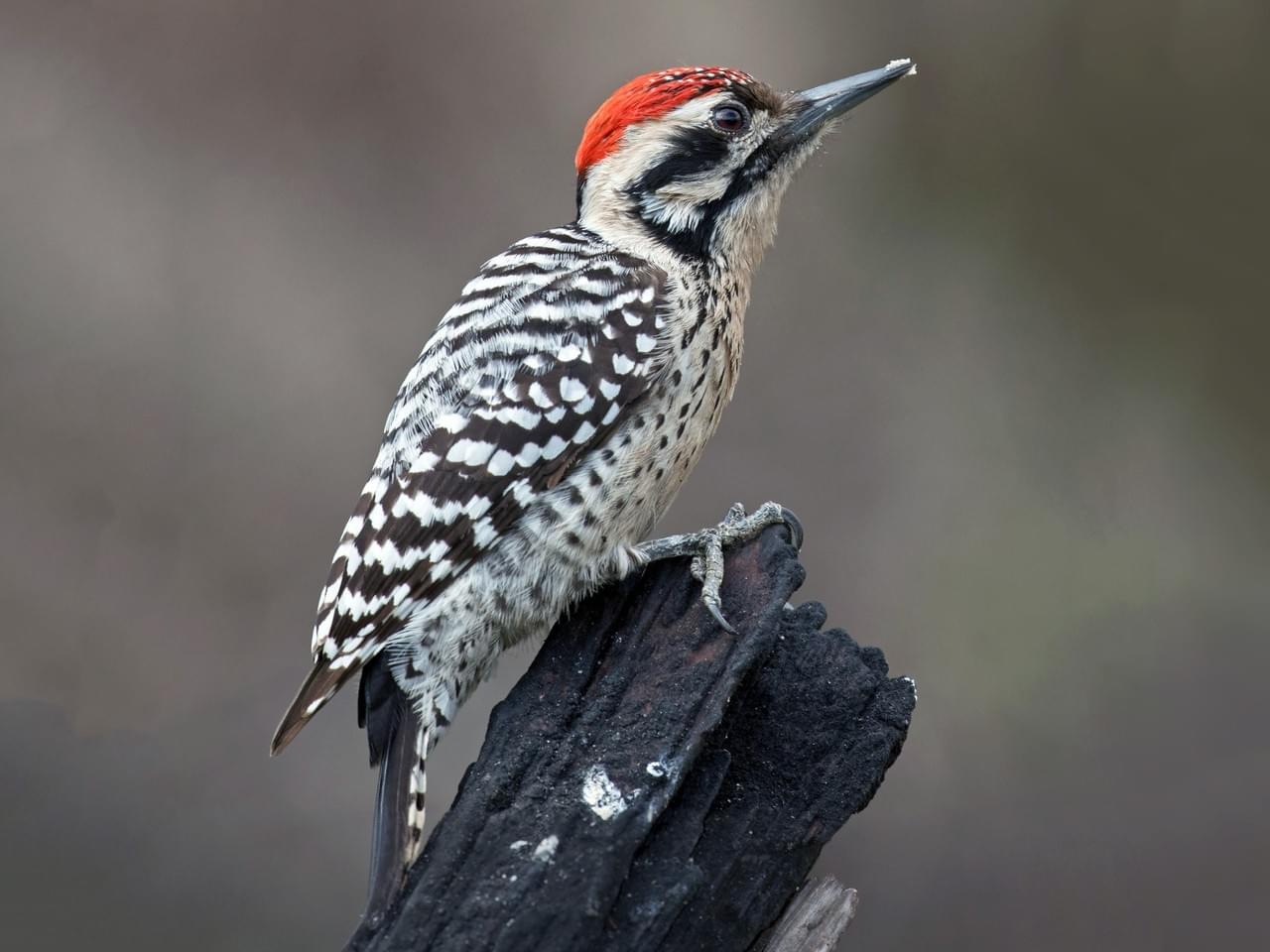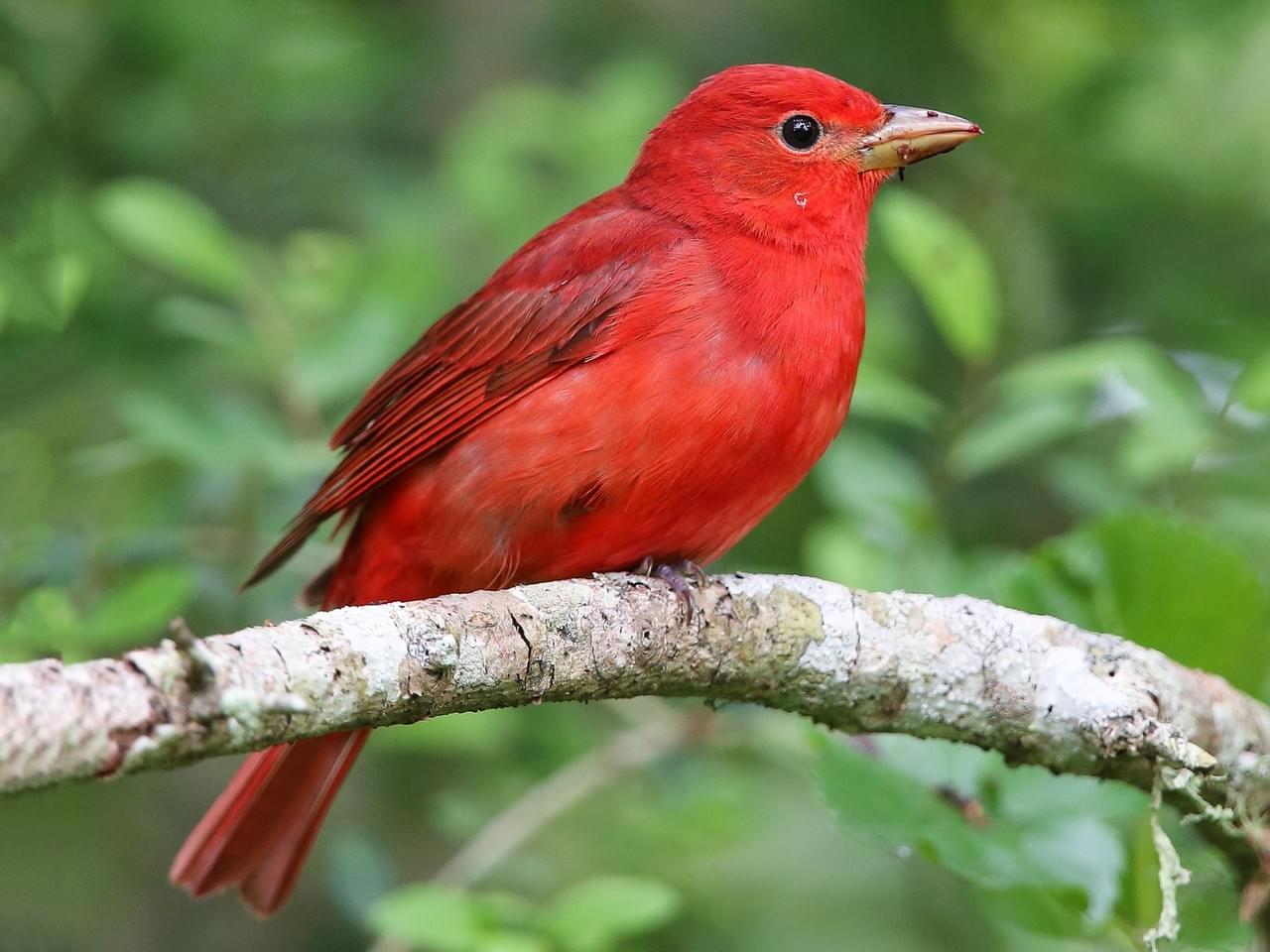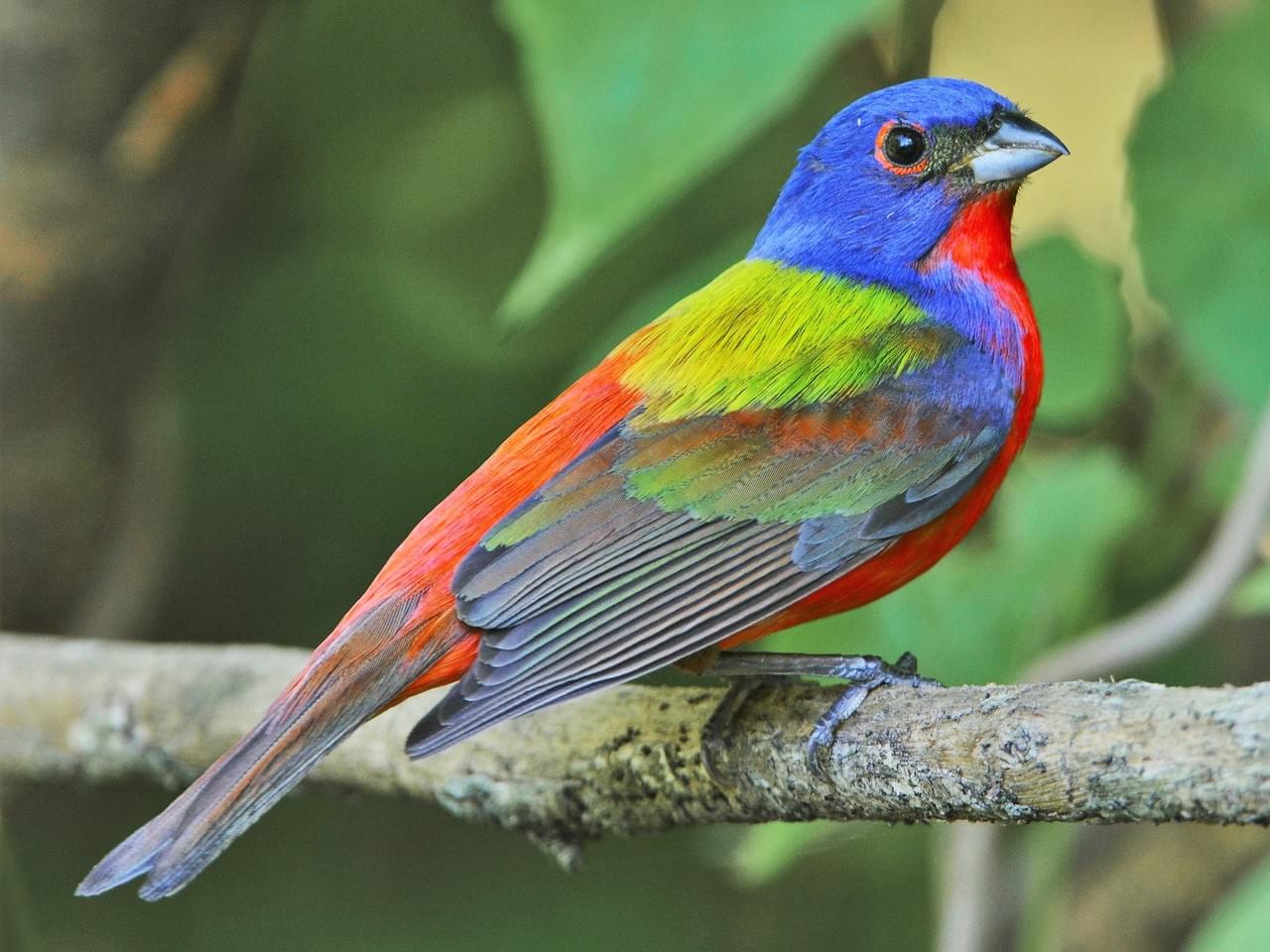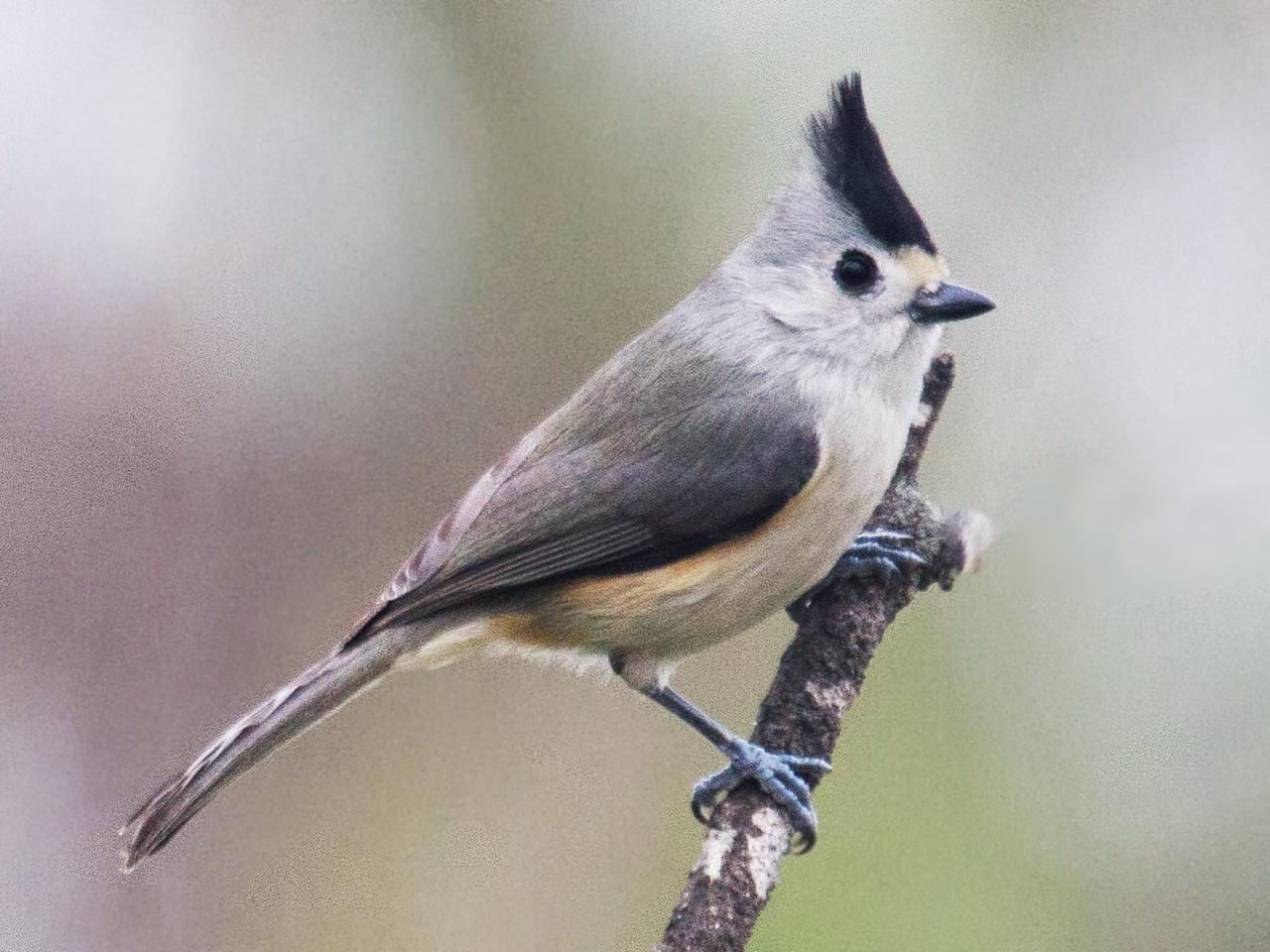Dangerous animals to birds are fire ants, rats, feral hogs, and cowbirds.
After it rains, fire ants move their mounds above ground. They move the queen and the eggs up there and then they are vulnerable. He pours boiling water on the ant bed. Individual mound treatment is best.
The brown-headed cowbird is a parasite. It never makes its own nest. It kills baby birds and even dumps eggs of the parents out. So the cowbird eggs hatch and the parent of the nest ends up raising the cowbird young. The parent's young that remain in the nest don't get fed well because the cowbird young have wide mouths and the parent bird feeds the young ones that are the most aggressive. And that ends up being the invading cowbird young.
Birds that are subject to invasion by the cowbirds are: Bell's Vireo, Black-capped Vireo, Blue Grosbeck, Disckissel, Lark Sparrow, Northern Cardinal, Orchard Oriole, Painted Bunting, Summer Taniger, among others.
The best way to get rid of cowbirds is to trap and euthanize them. There are TPW regulations concerning trapping of cowbirds that mainly deal with the other birds that might get trapped, too.
Cowbirds don't like interior woodlands, so keep those blocks of interior woodlands. Cowbirds don't like going deep into wooden areas.
Starlings and House Sparrows can be controlled by hunting.
Cedar Management
Old-growth cedar is important habitat on steep slopes. Cedar is often part of healthy plant diversity. Cedar provides escape an protective habitat. Cedar berries are eaten by many birds. It is overstated how much water is consumed by cedar.
Deer Management
There are 3.5 million deer in Texas. In the late 1950s, the screw worm was controlled and that's when the deer population took off. The deer population needs forbs and browse plants. Deer also need many low branches on trees and shrubs.
Hackberry is a good habitat tree. Other good ones are elm, Carolina Buckthorn, and Spanish Oak.
Don't feed deer or exotics. Become a conservationist hunter. Work with neighbors on harvesting. Harvest does (i.e., shoot does as much as bucks). Practice urban trap and removal. The plan for deer contraceptives doesn't work.
The old thinking was that deer need 3 acres each. In the country, that's still true, but in the urban setting, it's only one deer to a half acre. That's because there's better habitat because of what people plant and the deer eat it. Also the deer in an urban setting are smaller and have fewer fawns. Conservation gardeners use deer exclosures to protect plants.
If a landowner uses a deer feeder, the deer will stay in the area and browse down all the plants.
Quail
It was once thought that quail population was declining due to fire ants killing the young. That's not right. Fire ants don't kill the baby birds. The fire ants eat the insects that the tiny quail eat so indirectly, fire ants reduce the quail population.
Priority plants
- Carolina Buckthorn for wrens
- Hackberries for Eastern bluebird
- Passion flower for Yellow-billed cuckoo
- Escarpment black cherry for woodpecker
- Hawthorn for Rio Grande turkey
- Blanco Crabapple for sparrow
- Rusty Blackhaw for thrushes
- Virginia Creeper for vireos
Exotic plants that damage bird habitat
The following plants decrease bioversity. A wide biodiversity helps the wildlife.
- King Ranch Bluestem
- Johnson Grasslands
- Bastard Cabbage
- Pyracantha
- Ligustrum
- Chinaberry
- Chinese Tallow
|
